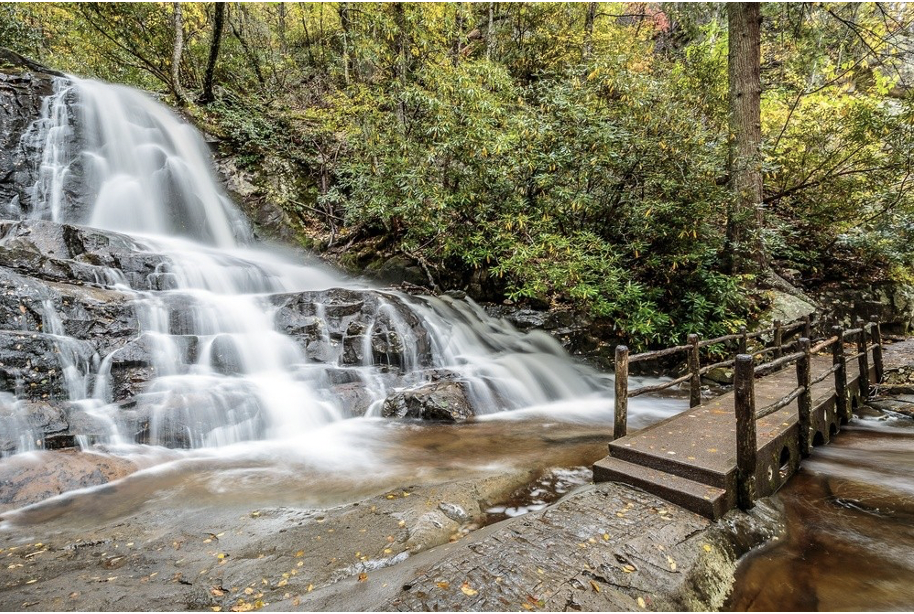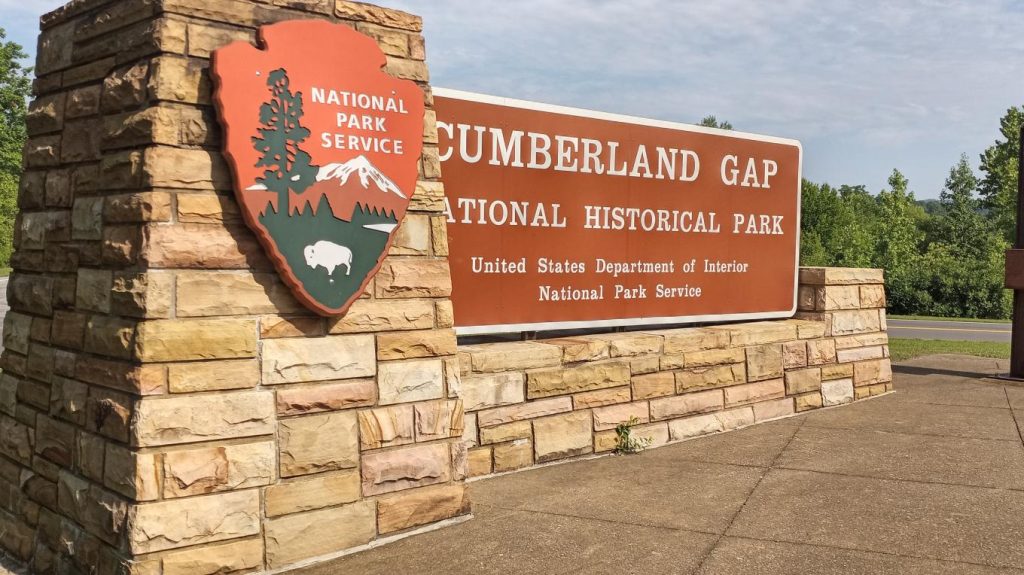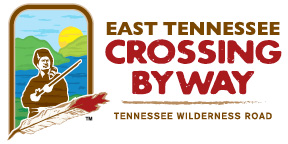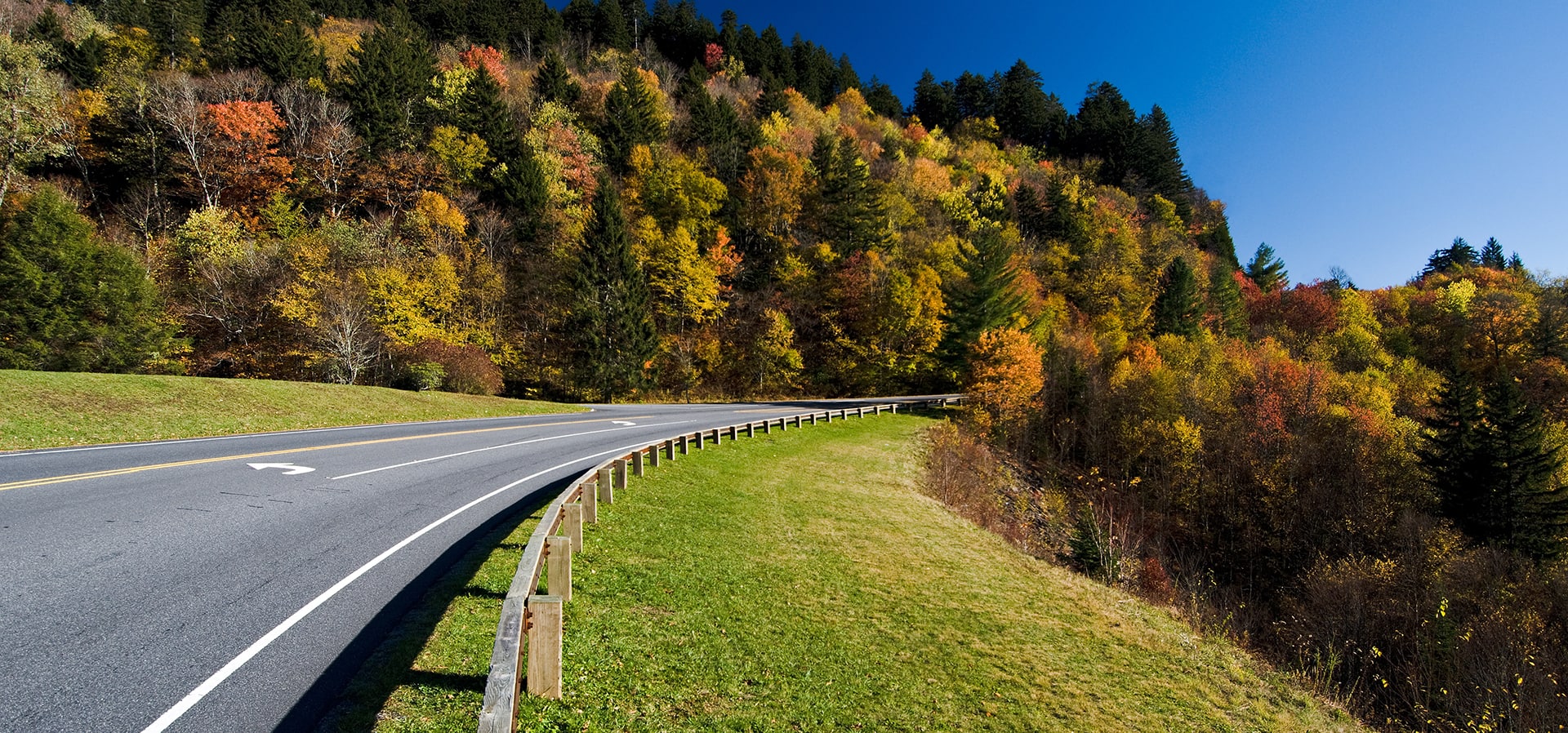
12 Mar Discover the 10 Stars Along the East Tennessee Crossing Byway
Discover the 10 Stars Along the East Tennessee Crossing Byway
History and heritage abound along the nation’s newest National Scenic Byway
The East Tennessee Crossing Byway connects two of America’s treasured national parks, the Cumberland Gap National Historic Park and the Great Smoky Mountains National Park. Traversing mostly along U.S. Route 25E/State Route 32 in East Tennessee, the 83-mile-long byway has been well-traveled for centuries and has taken on many monikers.
East Tennessee Crossing Byway Is Full of Rich History
Originally cut by bison and used by Native American tribes, the byway follows the original Cherokee Warriors Path. Early settlers, most notably Daniel Boone’s Wilderness Road, traveled across Clinch Mountain and the Cumberland Gap as a pathway to Kentucky. The Cumberland Gap to Morristown section was part of the Dixie Highway used during the Civil War, and later as one of the earliest highway systems developed in the United States. And possibly the most infamous section of the byway is known as Thunder Road, used by bootleggers to transport moonshine, later inspiring a classic Robert Mitchum movie of the same name.
Explore Towns and Great Recreation Along the Byway
Today’s East Tennessee Crossing Byway travelers weave through picturesque towns while soaking in the richness of the landscape, being treated to breathtaking mountain vistas and sparkling lakes and rivers. Along the way, you will discover numerous historical sites and attractions that showcase the rich tapestry of the area, along with world class recreation including whitewater rafting, hiking, fishing, mountain biking, rock climbing and more.
Here are the top 10 Stars of the East Tennessee Crossing Byway

Photo: Clayton Hensley for Middle East Tennessee Tourism Council
And while traveling along the scenic byway offers countless side trips, excursions and experiences to suit the tastes of most every road tripper, we’ve put together a list of the 10 Stars Along the East Tennessee Crossing Byway to get you started on your journey. So, pack your bags, hit the road and embark on an adventure along the byway.
- Cumberland Gap National Historic Park: Embark on a journey through time at Cumberland Gap National Historic Park. This iconic landmark served as a vital passageway for early pioneers venturing into the uncharted territories of the West. Today, visitors of the 24,000-acre park can learn about pioneer spirit and the life of Daniel Boone, while exploring historic hiking trails, cycling or enjoying cave tours. Be sure to visit the town of Cumberland Gap for historic lodging, antique and gift shops, and the best of hometown dining.
- Abraham Lincoln Library and Museum: Immerse yourself in the life and legacy of the 16th U.S. President at the Abraham Lincoln Library and Museum on the campus of Lincoln Memorial University. Housing one of the world’s largest private collections of Lincoln and Civil War material, the museum offers a captivating glimpse into the formative years and presidency of Lincoln in the shadow of the Cumberland Gap.
- Veterans Overlook at Clinch Mountain: Located on the southeastern slope of Clinch Mountain in the Cumberland Range on the eastbound side of US-25E, the Veterans Overlook Memorial is dedicated to the Grainger County veterans and all veterans who served. As the most photographed spot in Grainger County, the overlook offers views of hundreds of miles across four states.
- Bean Station: Step back in time as you wander through the quaint streets of one of Tennessee’s earliest settlements. The Bean Station Tavern, which stood in front of a fort built by the city’s founder, William Bean, was the largest tavern between Washington D.C. and New Orleans. It hosted Presidents Polk, Johnson and Jackson on several occasions. The Battle of Bean Station was fought around the tavern during the Knoxville campaign of the Civil War.
- Cherokee, Norris and Douglas Lakes: Deep forests and the history-steeped Cumberland Mountains and Appalachian foothills envelop sprawling New Deal-era reservoirs. The Cherokee, Norris and Douglas lakes were created by the Tennessee Valley Authority in the 1930s and 1940s and offer year-round recreation, multi-species fishing, boating and lakeside camping. Panther Creek State Park, located along the shorelines of Cherokee Lake, offers camping and miles of hiking and mountain biking trails.
- Morristown and Museums: Morristown is the largest city along the scenic byway with a charm-filled main street lined with historic buildings and overhead sidewalks. Boutiques, antique shops and delicious cafes are plenty. The city’s farmers market is one of the longest operating markets in the area where visitors and residents alike can find the famous Grainger County tomatoes. The Crockett Tavern Museum, built on the site of the boyhood home of David Crockett, is a reconstruction of the 1790’s John Crockett Tavern. The Longstreet Museum in nearby Russellville is dedicated to the memory of Confederate General James Longstreet, and serves as the centerpiece of the Tennessee Civil War Trails in East Tennessee.
- White Pine and Rankin Bottoms: Nestled along the banks of the French Broad River, the charming town of White Pine offers natural beauty and small-town charm. Stroll the scenic riverfront, enjoy a picnic at one of the many parks, or hike nearby trails. Along the byway on the tailwaters of Douglas Lake is access to Rankins Bottom, an important Audubon birding site.
- Dandridge: Originally known as “Dandridge Crossing,” this town served as an important crossroads for both a stagecoach road and later, a railroad route. Town myth states that after a plea from residents, First Lady Eleanor Roosevelt saved the town from flooding during the construction of Douglas Lake. Today you’ll find historic architecture, shopping, dining and quaint lodging along the banks of the lake.
- Newport: As the gateway to rivers and mountains, Newport is the southernmost city along the byway at the base of the Cherokee National Forest and Great Smoky Mountains National Park. The city captivates visitors with its rich Appalachian heritage, historic downtown district and vibrant arts scene. In and around the city, you’ll find plentiful recreation including horseback riding, canoeing, birdwatching, whitewater rafting and hiking.
Laurel Falls, Great Smoky Mountains National Park. Image: 9 Lakes of East Tennessee
- Great Smoky Mountains and Cherokee National Forest: As the East Tennessee Crossing Scenic Byway winds its way towards its end, travelers reach the natural splendor at the Great Smoky Mountains and Cherokee National Forest. Home to some of the most breathtaking vistas in the country, this pristine wilderness offers endless opportunities for outdoor adventure. Hike along scenic trails, marvel at cascading waterfalls, or simply revel in the tranquility of nature’s embrace.
Want to learn more about this historic route? Check out the map and plan your journey!

